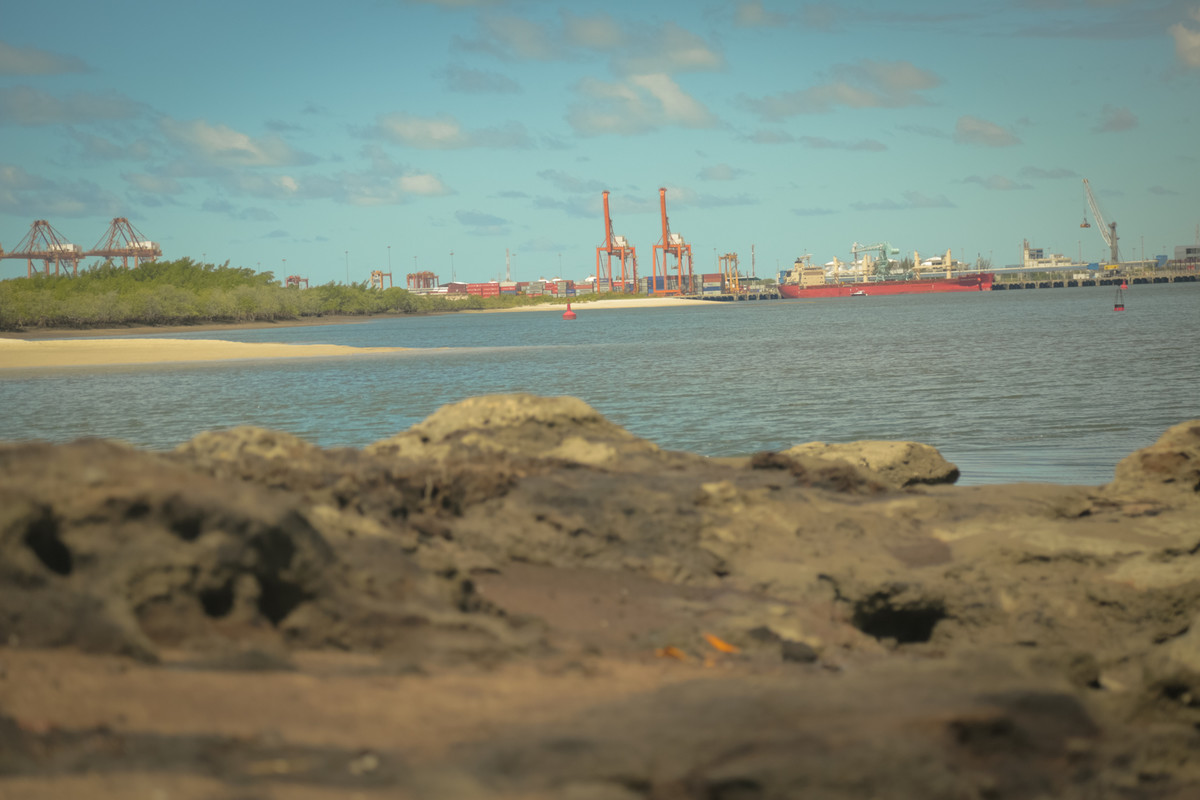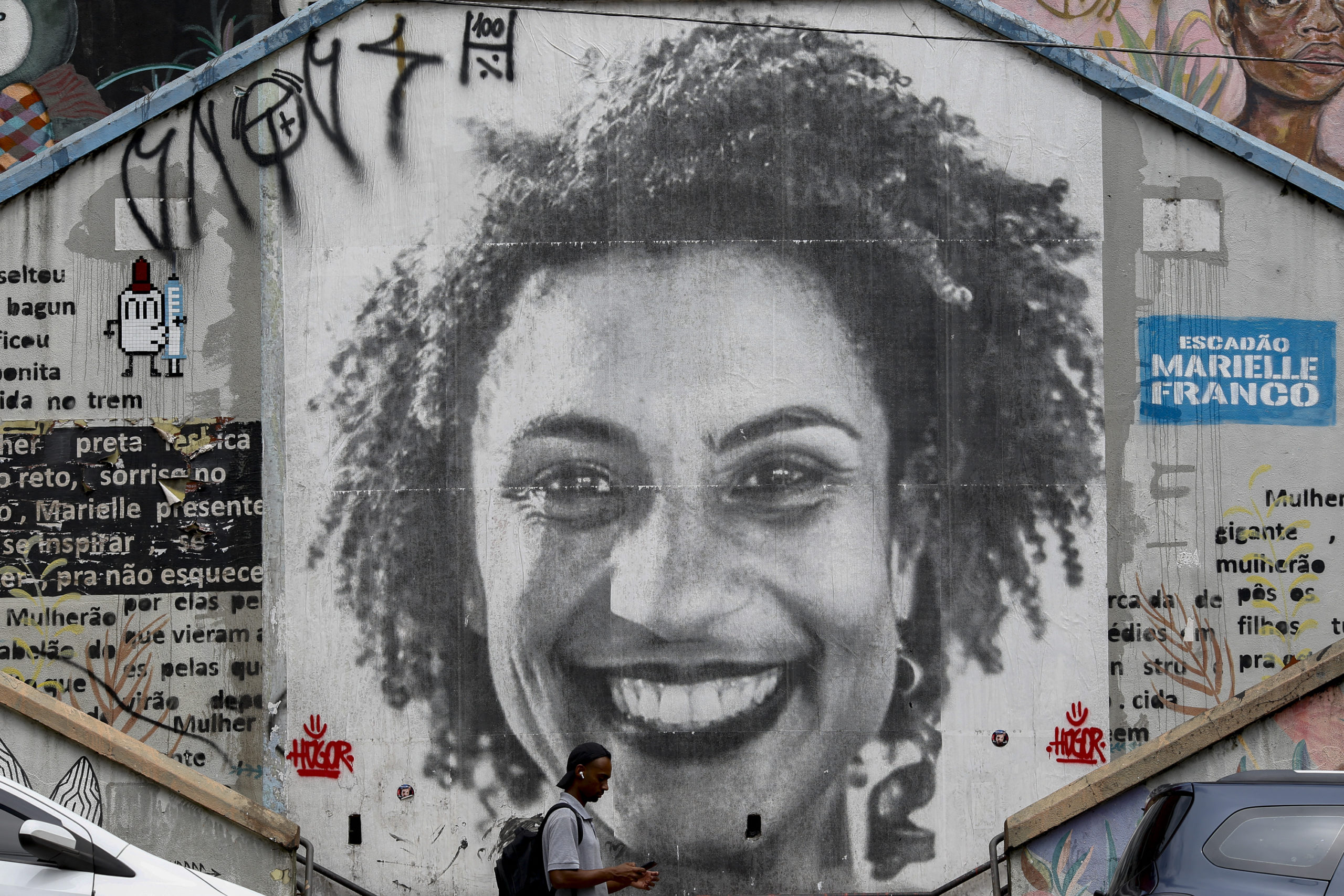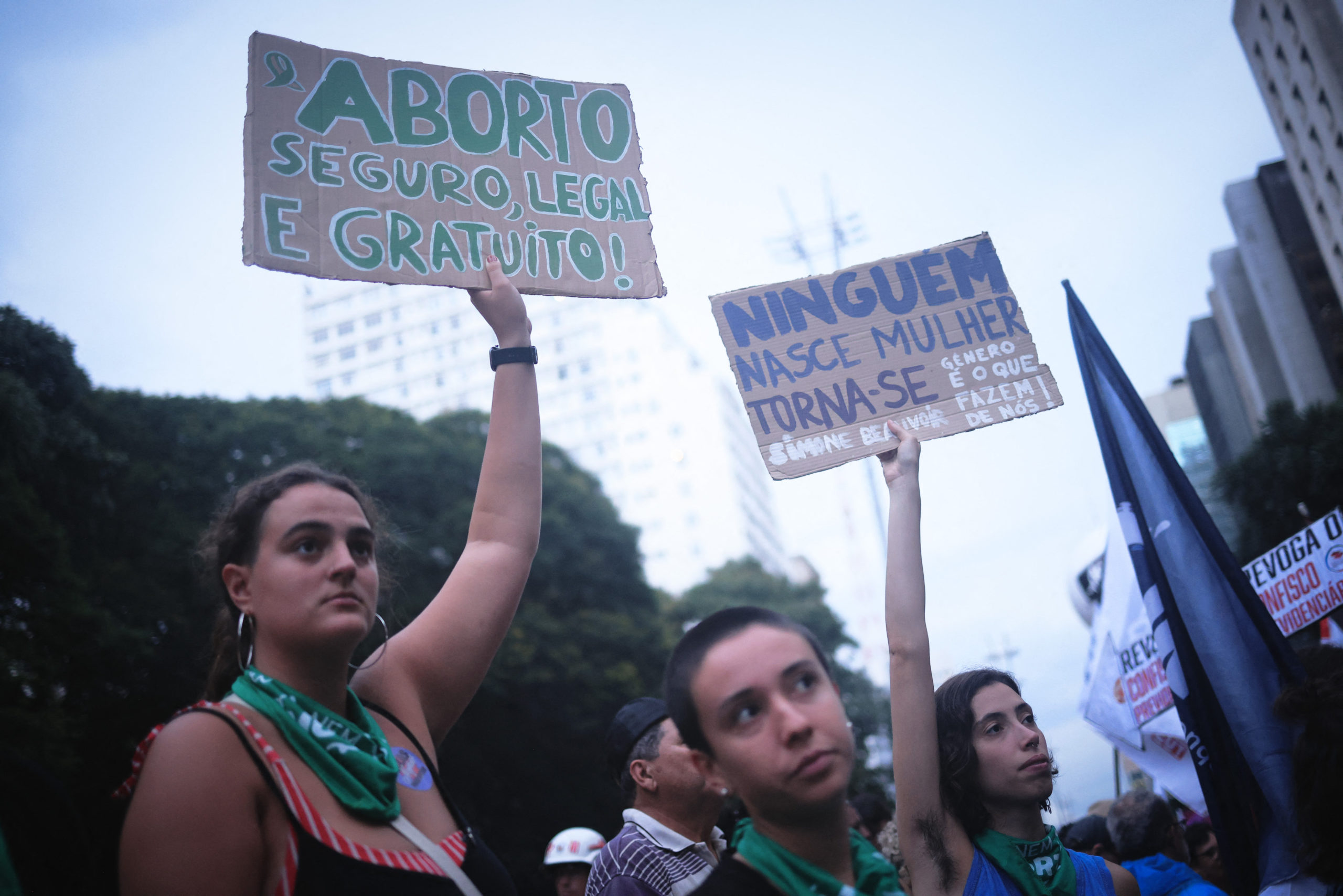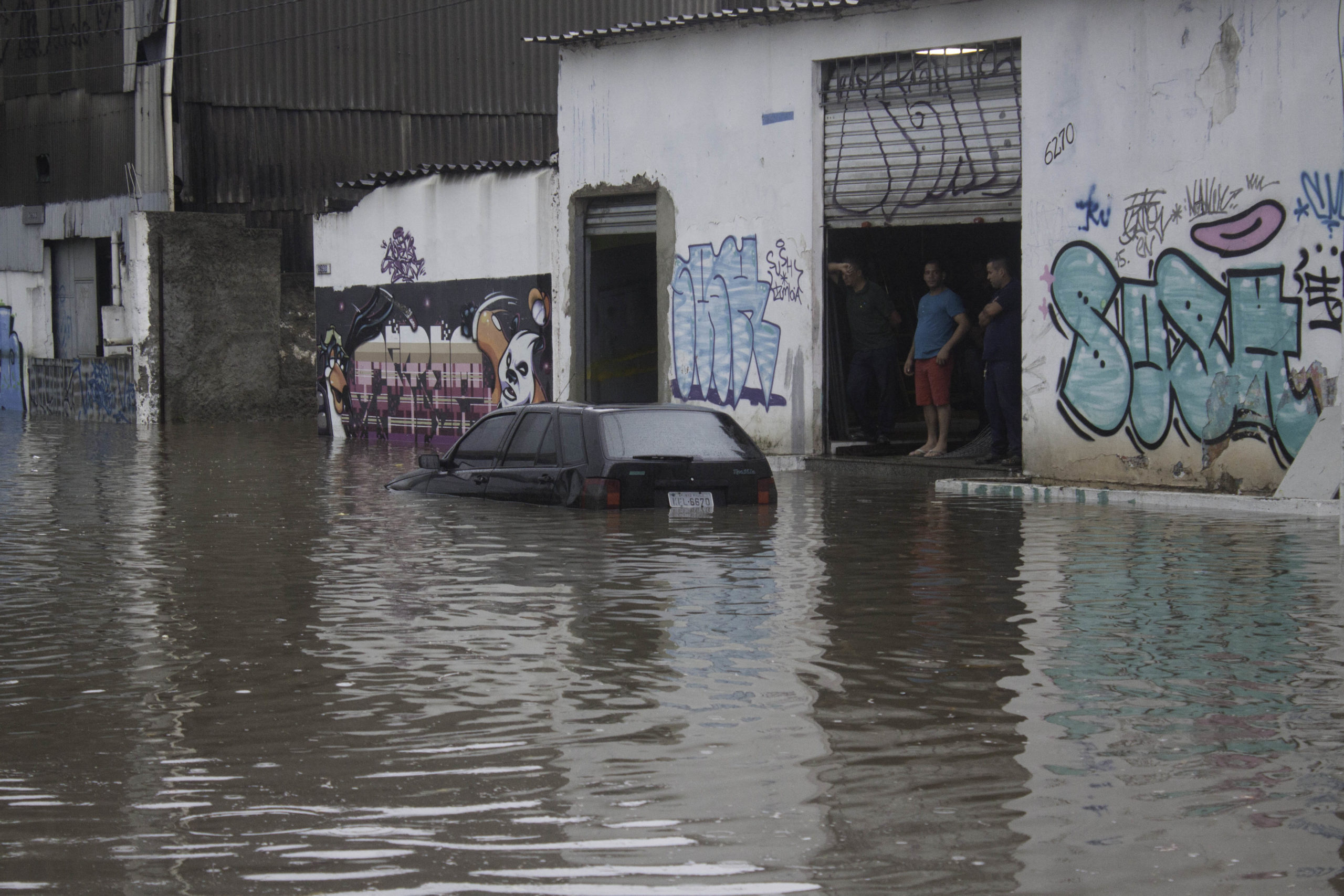How fishermen and shellfishers have been impacted by the port of Suape for more than 40 years
Considered the “Engine of the Northeast”, the Industrial and Port Complex has violated human rights and damaged the environment for four decades
 The Promar and Atlântico Sul shipyards at the Suape Industrial and Port Complex, located in the metropolitan region of Recife, in the state of Pernambuco
The Promar and Atlântico Sul shipyards at the Suape Industrial and Port Complex, located in the metropolitan region of Recife, in the state of Pernambuco
In June this year, the NCP (National Contact Point), an international body responsible for monitoring compliance with the guidelines of the OECD (Organization for Economic Cooperation and Development), completed an analysis that began in 2015 of the violations committed by the multinational Van Oord against traditional communities in the region of Suape, on the southern coastline of the state of Pernambuco.
The NCP drew on a petition signed the Z8 Fishing Colony, formed by families from the region of Gaibu, by the Suape Forum, a network of fishing and shellfishing associations, and by the civil society organizations Conectas and Both Ends. The document identified several environmental impacts and serious violations committed against the original inhabitants of the area during the dredging of the Port of Suape carried out in 2011 to open and deepen a channel, which enabled the expansion of a shipyard at the site.
After a five-year assessment that included mediation sessions between representatives of the affected communities and the company, the organization concluded that there had been severe environmental and human rights impacts against the communities that lived there and it presented recommendations to be adopted by the company. The recommendations include the installation of artificial corals – in an attempt to remedy irreparable damage to the local ecosystem – and the implementation of a health program for the people of the region.
This half-decade episode is, however, just one more chapter in the long drama that has afflicted families affected by the Port of Suape for more than 40 years and that, due to its impacts, has been called the “forgotten Belo Monte”.
Port of Suape
The Suape Industrial and Port Complex is a mega-project covering 13,500 hectares whose construction began in 1978 in the municipalities of Ipojuca and Cabo Santo Agostinho on land inhabited for generations by traditional communities.
Accommodating more than 100 companies – among them Unilever, Solar Coca-Cola, Pepsico Brasil, Toyota and Fedex – with a share capital of R$1.2 billion, the complex was called the “Engine of the Northeast” by a former governor, Eduardo Campos.
Besides generating income and employment, much publicized by the state and federal governments, the port has been responsible for the removal of nearly 20,000 people who used to live in the region before the complex was built.
According to data from the Suape Forum, the region of Suape used to have a population of 25,000. Today, it stands at less than 7,000. Barred from entering their former territories, these people are still treated as trespassers and are frequent targets of threats and reprisals.
Expansion of the port
The construction and expansion of the port, from the 1970s to the 2000s, led to the mass eviction of communities that originally inhabited the area currently inside the industrial perimeter. Between 2009 and 2013, the complex underwent a new expansion process that resulted in the construction of an oil pier and the expansion of the Promar shipyard.
For this project, it was necessary to deepen the channel and silt up Tatuoca Island, located a few kilometers from the port, together with several dredging works.
These works impacted the supply of drinking water to more than 80 families living on the island, salinizing their wells. In addition, much of the dredged material was dumped in sensitive regions, contaminating fishing and shellfishing areas and drastically affecting the nutrition of the local population. As a result, people’s health gradually deteriorated, especially among women, who developed skin and reproductive system infections and severe allergies.
Finally, the expansion of the port caused the destruction of much of the island. Most of the people who lived there were transferred to a housing project built by the federal government’s “My House, My Life” social housing program. The group of 40 sqm houses, named “Vila Nova Tatuoca” by the government, was built far from the sea and productive land. Fishermen, quilombola communities members and shellfishers were therefore deprived of their means of subsistence: fishing and farming.
Other islanders who tried to resist the removal were violently evicted and today live in the urban outskirts and favelas of Recife, the state capital.
“It’s very sad to see how the former inhabitants of this area had their fishing territories and mangroves damaged. We are talking about people who, for generations, had full autonomy over their lives and who after the arrival of the port were relegated to a life of poverty and dependence on social programs,” said Paula Nunes, a lawyer at Conectas.
Dishonest settlements
The expropriation process carried out for the construction of the port was marked by serious flaws and dishonest settlements, as noted in the report “Industrial complexes and rights violations – The case of Suape – Governor Eraldo Gueiros Industrial Port Complex”, produced by the DHESCA Platform and published in 2018.
The main complaints made by families are: the low values offered for their homes and paltry compensation, which in many cases were not even paid; the calculation methods, which did not properly take into account social, material, economic, cultural and affective losses; a lack of information and transparency; and psychological violence against families.
According to Suape’s response to information requests submitted by the Suape Forum in the first half of 2018, there are 302 petitory and repossession cases filed by the company against people who used to live in the area where the port complex is located. In all, the company claims that 1,541 settlements were signed between 2007 and 2017.
The company denies that some of the settlements were agreed without mediation by the courts. However, this has been contested in numerous accounts by former residents. The Association of Small Farmers from Ponte dos Carvalhos has a list with at least 36 names of former inhabitants of Jurissaca, Boa Vista I and Ilha dos Martins who claim that they were removed after unofficial settlements with the Port of Suape, in which they were promised compensation within three months equivalent to the improvements made to the properties. As far as we know, these payments were never made.
Militia
In addition to having removed hundreds of families to their homes and denied them their means of subsistence, the Port Complex of Suape is accused of contracting a private militia to threaten and drive out people who resisted the expropriation and who were dissatisfied with the offers of compensation that they considered insufficient.
According to the report by the DHESCA Platform, the militia was headed up by the Land and Property Management Board of Suape.
In one of the most symbolic cases demonstrating the use of excessive and coercive force against the local population, the inhabitants of Tatuoca Island at the time were required to carry ID cards, which violates the constitutional right of freedom of movement (article 5, item XV of the Federal Constitution).
Many of the residents who resisted the evictions report being threatened with firearms. The “Suape militia” has already been denounced in the Public Prosecutor’s Office by at least three communities in the region.
In 2017, the NGO Repórter Brasil had access to 22 police reports filed against Suape. Among the accusations are property damage and threats. The witnesses claim that security guards were working together with employees from the municipal government of Cabo de Santo Agostinho and even with armed military personnel from GATI, a tactical battalion that specializes in high-risk missions.
According to the NGO, despite all the complaints, the residents say the number is under-reported because some police officers refuse to make the report – which is illegal.
Effects
There are various reports of people who have presented symptoms of depression or even committed suicide after the traumatic eviction process carried out by the Port of Suape.
“Among the compensated families, many were sent to live in the outskirts of neighboring cities, as is the case with former residents of Tatuoca Island. Far from the territory where they were born and raised, these people were transferred to urban areas where they cannot use their professional skills, and working in the territory became a crime,” reads a passage of the report Industrial Complexes and Rights Violations.
Forty years later, dozens of families are still fighting for fair reparations, and some still hope to return to their former territories and their old way of life.


